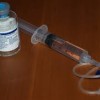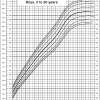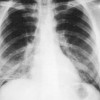Detecting pediatric nosocomial infections: how do infection control and quality assurance personnel compare?
Abstract
OBJECTIVE: To compare how well infection control (IC) and quality assurance (QA) personnel in a specialty setting identify the presence, type (nosocomial or community-acquired), and (if nosocomial) site of infection.
METHODS: In 1994, we mailed a survey that included 21 pediatric case histories to IC and QA personnel in pediatric settings in the United States (children’s hospitals and medical school-affiliated hospitals with pediatric wards of 30 beds).… Read more















